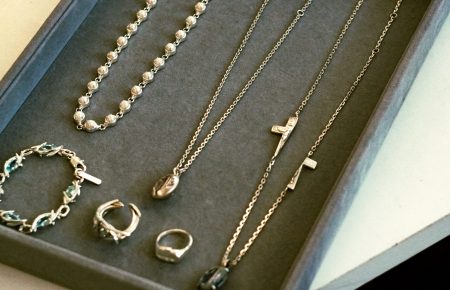Fast fashion has come up with several challenges in the last 12 months. A permanently changing global climate has made winter fashion a tough sell in addition to evolving consumer relationships with cheap fashion. The latter has been an important part of the rocky road ahead for fast fashion.
A changing relationship with fast fashion
- H&M and Zara have both missed sales targets
- H&M’s quarterly profit fell 10% in Q4 2018
- 2018 fast fashion is worth USD 35 billion
Enter second-hand clothing
Awareness around the environmental effects of fashion and the Marie Kondo movement have played a role in redefining our relationship with fashion. ThredUp, the world’s largest online consignment site reported an 80% increase in “Clean Out Kits” thanks to Marie Kondo’s Netflix show. It’s estimated that the current second-hand apparel market is worth USD 24 billion. But by 2028, it’s expected to grow to $64 billion. By contrast, fast fashion is only expected to hit $44 billion.
More choices than ever
We’ve seen an evolution in second-hand marketplaces. There are a significant number of options that exist for both men’s, women’s, and footwear. Global markets play a role in matching buyers and sellers which also allow people to bypass limits in regional demand. Of these marketplaces, many cater to luxury products that often hold their value better than the average piece. The ability to sell a piece after what amounts to a 9-12 month “borrowing” phase can also impact the ways consumers shop. For example, if two bags are available for USD 1,000, and but one bag is from a famous brand, it’s expected that it will hold its value. This, in turn, changes how one buys and consumes under the assumption of future resell values.
What does it mean for the future of fashion and fashion design?
Some questions we’ve been asking over here at MAEKAN are potential scenarios for the future:
- How much will second-hand clothing eat into the overall sales of new clothing?
- Will we see a contraction of the overall fashion industry and by proxy other industries such as manufacturing and marketing?
- How will resell values influence our consumer habits? Will we just stick to Supreme, Nike, and LV?





























